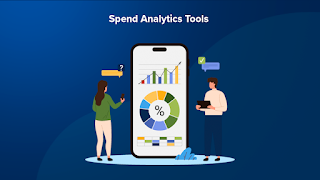SPARK Matrix™: Autonomous Mobile Robots (AMR),Q3 2025
Autonomous Mobile Robots ( AMR) market research includes a comprehensive analysis of the global market in terms of emerging technology trends, market trends, and future market outlook. This research offers strategic insights for technology vendors to better understand the current market landscape, supporting their growth strategies; and for users to assess different vendors’ capabilities, competitive differentiation, and market position. The research includes a detailed competition analysis and vendor evaluation with the proprietary SPARK Matrix analysis. The SPARK Matrix ranks and positions leading Autonomous Mobile Robots (AMR) vendors with a global impact. The SPARK Matrix includes analysis of vendors such as Addverb, Geek+, GreyOrange, HAI Robotics, Locus Robotics, Magazino, MiR, Ocado Intelligent Automation (OIA), Omron Automation, Onward Robotics, OTTO, Vecna Robotics, VisionNav, Zebra Technologies. The Autonomous Mobile Robots (AMR) market has transitioned from experimenta...

.png)


%20Tools.png)
